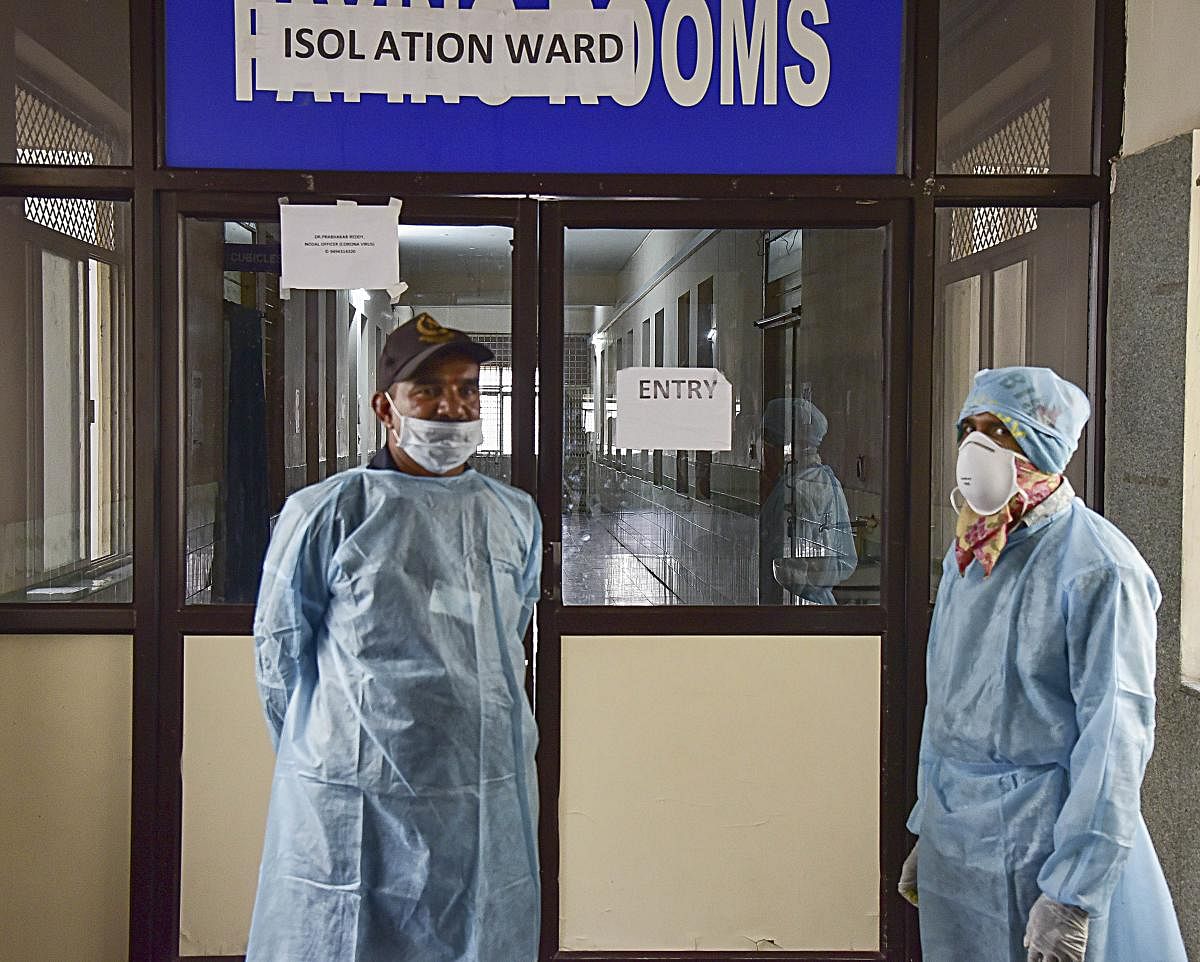
While the mere mention of coronavirus may be enough to strike fear into the hearts of people, the ongoing pandemic is nothing to panic about, an infectious disease expert said on Saturday.
Dr Shashank Tripathi of the Centre for Infectious Disease Research (CIDR) at the Indian Institute of Science, pointed out that there have been four pandemics (three by Flu strains and one by HIV) since the 1918 Spanish Flu pandemic which killed at least 17 million people worldwide, but that each incident had served to build up the anti-disease toolbox wielded by health officials.
“Obviously, unlike in 1918, we are better prepared now. We have 100 years of advance in medicine and healthcare including antivirals, vaccines, antibiotics and better awareness. Our strategies against pandemics have been honed fighting the 2009 Swine Flu pandemic and SARS, which was also a coronavirus,” Dr Tripathi said.
The current estimate is that this strain of coronavirus SARS-CoV-2 has 2.3% mortality rate worldwide. “But I think we will see this only if we are complacent about the issue. As the denominator of people who have recovered increases eventually this pandemic should look like a large Flu like outbreak,” Dr Tripathi said.
Chief among the new strategies being used by health officials is “social distancing” - that is quarantining people to a level where the reach of the virus is mitigated. However, the efficacy of social distancing when considering Italy as an example is still up in the air.
As of Saturday, the country’s Covid-19 cases stood at the highest in Europe, at 17,660 cases.
Dr Tripathi pointed out that the Italian situation is different from India for two reasons: “One, they have a large population of old people more susceptible to the disease, and two, Italy is one of the most visited places on the planet in terms of tourists. A delay in curbing tourism led to an inability to limit the spread of Covid-19,” he said.
According to WHO data, Italy waited for six weeks, until March 11, before instituting a quarantine lock down.
In this sense, infectious disease experts were quick to praise the Indian’s government’s proactive response to the crisis, by cancelling tourist visas and aggressively monitoring passengers flying in from affected countries.
However, Dr Tripathi added that although currently all cases in India are related to international travel, we should anticipate and be prepared for a situation where disease would start to transmit locally.
Alarming trend
The scientist said that the emergence of the coronavirus is emblematic of a trend in which we will see the rise of more exotic diseases thanks to climate change.
“Three pandemics since 1918 have one thing in common: they are caused by new flu strains. Over the last 15 years, we have seen a rise in new viruses, caused by climate change, a rise in temperature and a loss of habitat of wild animals. Wild animals are the primary source of new viruses,” he said.
“Once in a while, a virus will successfully adapt to a new host such as humans,” he added.
On the belief that Covid-19 will vanish as summer temperatures spike, Dr Tripathi commented: “There is assumption that high temperatures will destroy Covid-19. It is based on experience with SARS in 2002-2003 which started in winters and was contained by next summer. However, that was an outbreak of smaller scale and most likely human efforts of containment had more to do with its disappearance.”
(Dr Tripathi’s views are his own and do not represent IISc.)